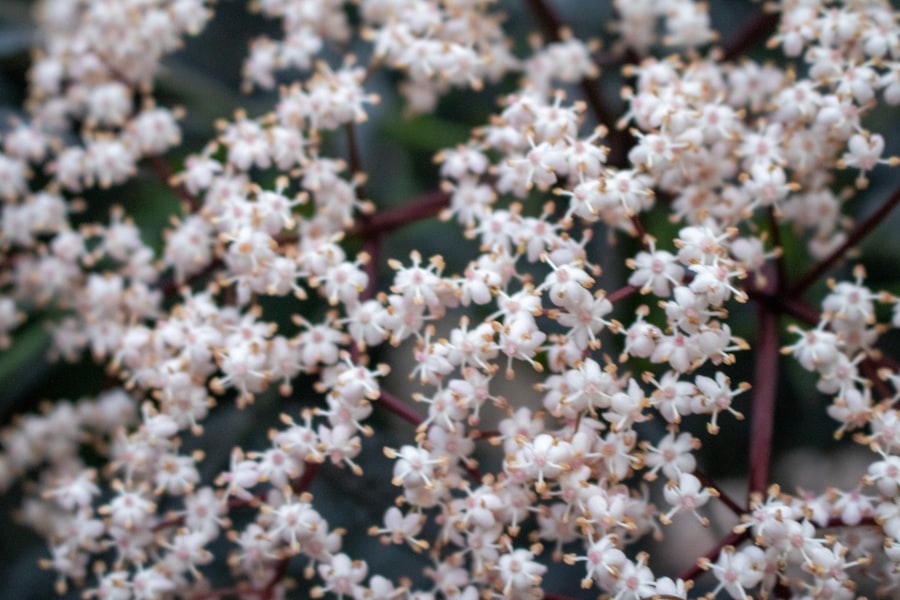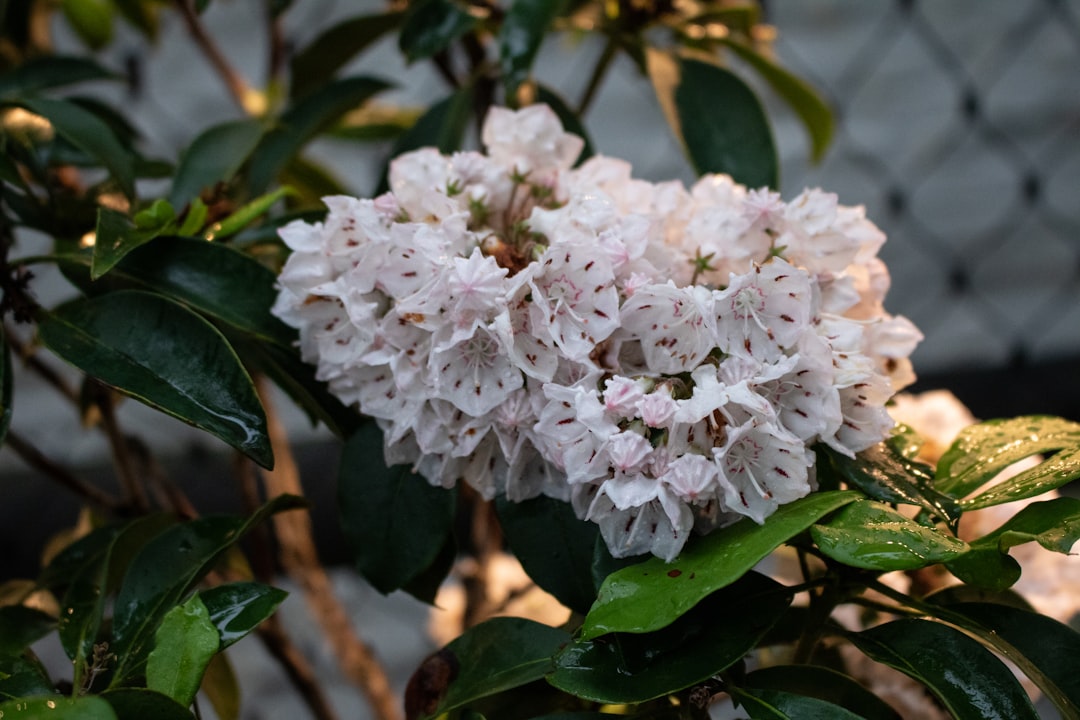Horticulture, the art and science of cultivating plants, is deeply intertwined with anthropology, the study of human societies and cultures. This intersection reveals how human beings have interacted with their environment over millennia, shaping not only the landscape but also their social structures, beliefs, and identities. Anthropologists examine horticultural practices to understand how different cultures utilize plants for food, medicine, and ritual, providing insights into the values and priorities of various societies.
For instance, the cultivation of maize in Mesoamerica is not merely an agricultural practice; it is a cultural cornerstone that has influenced social organization, religious practices, and even economic systems. The relationship between horticulture and anthropology also extends to the ways in which communities adapt to their environments. Different climatic conditions, soil types, and available resources lead to diverse horticultural practices that reflect local knowledge and traditions.
For example, the terraced farming techniques developed by the Inca civilization in the Andes Mountains demonstrate a sophisticated understanding of both horticulture and environmental management. By studying these practices, anthropologists can uncover the intricate connections between human innovation and ecological sustainability, revealing how societies have thrived in challenging environments through their horticultural expertise.
Key Takeaways
- Horticulture and anthropology intersect in the study of how plants and human societies have evolved together over time.
- Plants have played a crucial role in human societies, providing food, medicine, and materials for cultural and spiritual practices.
- Traditional and indigenous horticultural practices reflect the deep connection between people and the land, and the importance of preserving these practices for future generations.
- Horticulture has a significant influence on cultural identity, shaping traditions, rituals, and beliefs within different societies.
- Globalization has impacted horticultural traditions, leading to changes in cultivation practices, plant diversity, and the spread of new agricultural technologies.
The Role of Plants in Human Societies
Plants serve as a fundamental resource for human societies, providing food, shelter, medicine, and materials for various cultural expressions. The domestication of plants marked a significant turning point in human history, transitioning societies from nomadic lifestyles to settled agricultural communities. This shift allowed for population growth and the development of complex social structures.
For example, the cultivation of rice in Asia has not only sustained billions of people but has also shaped cultural practices, festivals, and even social hierarchies. The importance of rice extends beyond mere sustenance; it is embedded in rituals and traditions that reinforce community bonds. Moreover, plants play a crucial role in the economy of many societies.
Cash crops such as coffee, cocoa, and cotton have driven trade and economic development in various regions around the world. The cultivation of these plants often leads to the establishment of trade networks that connect distant communities, fostering cultural exchange and interaction. However, this economic reliance on specific plants can also lead to vulnerabilities, as seen in the case of monoculture farming practices that can deplete soil health and increase susceptibility to pests and diseases.
Understanding the multifaceted roles that plants play in human societies is essential for addressing contemporary challenges related to food security and environmental sustainability.
Traditional and Indigenous Horticultural Practices

Traditional and indigenous horticultural practices are rich repositories of knowledge that have been passed down through generations. These practices often reflect a deep understanding of local ecosystems and biodiversity. For instance, the Three Sisters planting method used by many Native American tribes involves growing corn, beans, and squash together in a symbiotic relationship that enhances soil fertility and maximizes yield.
This method exemplifies how indigenous peoples have developed sustainable agricultural techniques that align with natural processes. In addition to practical agricultural knowledge, traditional horticultural practices are often imbued with cultural significance. Many indigenous communities view their relationship with plants as sacred, integrating horticulture into their spiritual beliefs and rituals.
For example, the use of sacred plants like tobacco in Native American ceremonies highlights the spiritual dimensions of horticulture. These practices not only sustain communities physically but also reinforce cultural identity and continuity. As modern agricultural practices increasingly dominate global food systems, there is a growing recognition of the value of traditional horticultural knowledge in promoting biodiversity and resilience against climate change.
The Influence of Horticulture on Cultural Identity
| Country | Horticultural Practices | Cultural Impact |
|---|---|---|
| Japan | Bonsai, Zen gardens | Reflection of harmony and simplicity |
| Mexico | Xochimilco floating gardens | Symbol of ancient agricultural traditions |
| Netherlands | Tulip cultivation | Iconic symbol of Dutch culture |
Horticulture is a powerful force in shaping cultural identity, as it reflects the values, beliefs, and histories of communities. The types of plants cultivated, the methods used for cultivation, and the rituals associated with planting and harvesting all contribute to a community’s sense of self. For example, in Mediterranean cultures, olive trees are not just a source of food; they symbolize peace, prosperity, and longevity.
The cultivation of olives has been intertwined with local customs and traditions for centuries, influencing everything from cuisine to art. Furthermore, horticultural practices can serve as markers of cultural identity in diasporic communities. Immigrants often bring their horticultural traditions with them, cultivating familiar plants in new environments as a way to maintain cultural ties.
The cultivation of specific herbs or vegetables can evoke memories of home and serve as a means of preserving cultural heritage.
The Impact of Globalization on Horticultural Traditions
Globalization has profoundly impacted horticultural traditions around the world, leading to both opportunities and challenges for local communities. On one hand, globalization has facilitated the exchange of horticultural knowledge and practices across borders. Farmers can access new technologies and crops that may enhance productivity or resilience to climate change.
For instance, the introduction of hybrid seeds has revolutionized agricultural practices in many regions, allowing for increased yields and faster growth cycles. However, globalization also poses significant threats to traditional horticultural practices. The rise of industrial agriculture often leads to the homogenization of crops and farming methods, undermining local biodiversity and traditional knowledge systems.
As multinational corporations dominate seed production and distribution, small-scale farmers may find it increasingly difficult to compete. This shift can result in the erosion of local varieties that have been cultivated for generations, diminishing cultural heritage associated with those plants. The challenge lies in finding a balance between embracing beneficial innovations while preserving the rich tapestry of traditional horticultural practices.
Horticulture and Sustainable Development

The relationship between horticulture and sustainable development is increasingly recognized as vital for addressing global challenges such as food security, climate change, and biodiversity loss. Sustainable horticultural practices prioritize ecological health while meeting human needs. Techniques such as permaculture emphasize working with natural systems rather than against them, promoting biodiversity and soil health through polyculture planting strategies.
Moreover, urban horticulture has gained traction as cities seek to enhance food security and reduce their carbon footprint. Community gardens and rooftop farms are emerging as innovative solutions to urban food deserts while fostering community engagement and education about sustainable practices. These initiatives not only provide fresh produce but also contribute to mental well-being by reconnecting urban dwellers with nature.
By integrating horticulture into urban planning and development strategies, cities can create more resilient food systems that support both people and the environment.
Exploring the Relationship Between Plants and Human Health
The relationship between plants and human health is multifaceted, encompassing nutrition, medicinal uses, and psychological well-being. Many cultures have long recognized the healing properties of plants; traditional medicine systems often rely on herbal remedies derived from local flora. For instance, the use of ginger for digestive issues or echinacea for immune support reflects a deep understanding of plant-based healing that has been validated by modern scientific research.
In addition to their medicinal properties, plants play a crucial role in nutrition.
The promotion of horticulture can therefore be seen as a public health strategy; community gardens not only provide access to fresh produce but also encourage physical activity and social interaction among participants.
Furthermore, engaging with plants has been shown to have therapeutic effects on mental health, reducing stress levels and promoting overall well-being.
The Future of Horticulture Anthropology
As we look toward the future of horticulture anthropology, several trends are emerging that will shape this field’s trajectory. One significant area of focus is the impact of climate change on horticultural practices worldwide. Anthropologists will need to investigate how communities adapt their agricultural techniques in response to shifting climatic conditions while preserving traditional knowledge systems.
This research will be crucial for developing strategies that enhance resilience among vulnerable populations. Additionally, the integration of technology into horticulture presents both opportunities and challenges for anthropologists studying this field. Innovations such as precision agriculture and vertical farming are transforming how we grow food but may also disrupt traditional practices and community dynamics.
Understanding these changes will require a nuanced approach that considers both technological advancements and cultural implications. Finally, there is an increasing recognition of the importance of interdisciplinary collaboration in addressing complex issues related to horticulture and human societies. By working alongside ecologists, nutritionists, urban planners, and public health experts, anthropologists can contribute valuable insights into creating sustainable food systems that honor both cultural heritage and environmental stewardship.
As we navigate an ever-changing world, the intersection of horticulture and anthropology will remain a vital area for exploration and understanding.
One interesting related article to horticulture anthropology is “Essential Herbs for Your Kitchen Garden: Easy to Grow and Use” which explores the significance of herbs in both culinary and medicinal practices. Understanding the cultural and historical context of these herbs can provide valuable insights into the relationship between humans and plants. To learn more about cultivating herbs in your own garden, check out the article here.
FAQs
What is horticulture anthropology?
Horticulture anthropology is the study of the relationship between humans and plants, particularly focusing on how different cultures use and interact with plants for food, medicine, and other purposes.
What are the main areas of study in horticulture anthropology?
Horticulture anthropology encompasses the study of traditional agricultural practices, plant domestication, ethnobotany, and the cultural significance of plants in different societies.
How does horticulture anthropology differ from other branches of anthropology?
Horticulture anthropology specifically focuses on the relationship between humans and plants, while other branches of anthropology may have a broader focus on human societies and cultures.
What are some examples of horticulture anthropology research topics?
Research topics in horticulture anthropology may include the history of plant domestication, the cultural significance of specific plants in different societies, and the impact of globalization on traditional agricultural practices.
What are the practical applications of horticulture anthropology?
Horticulture anthropology can inform agricultural and conservation practices, contribute to the preservation of traditional knowledge about plants, and help to understand the cultural and ecological significance of plant species.






















+ There are no comments
Add yours